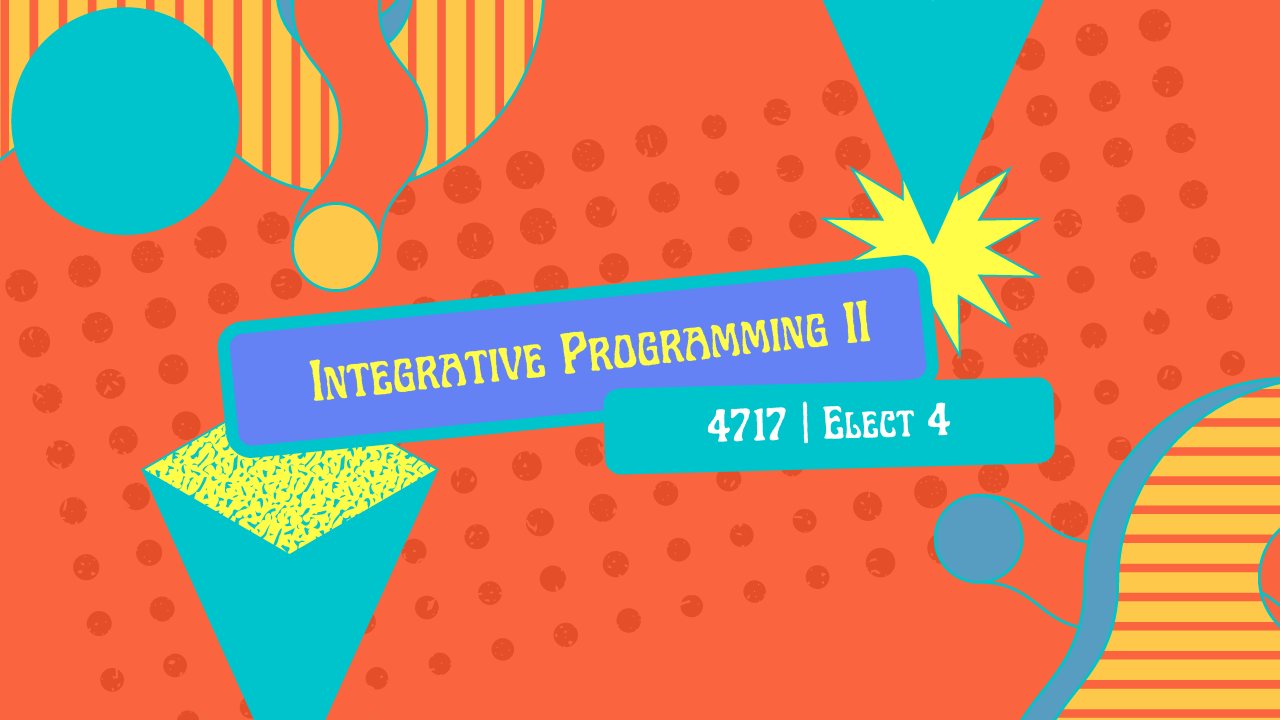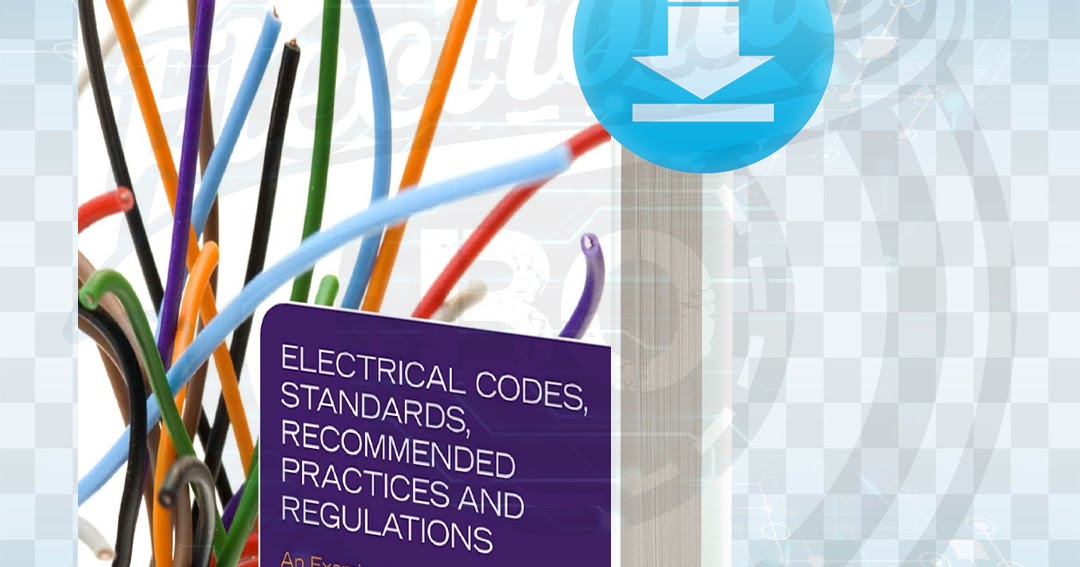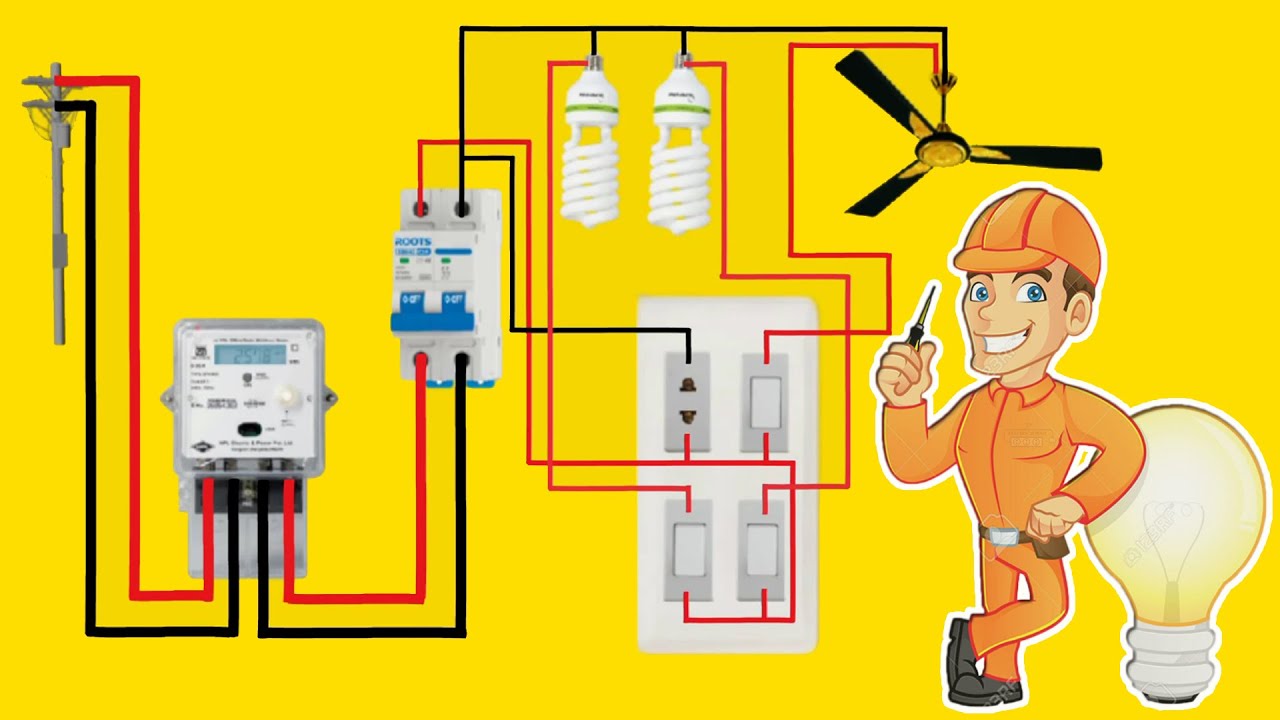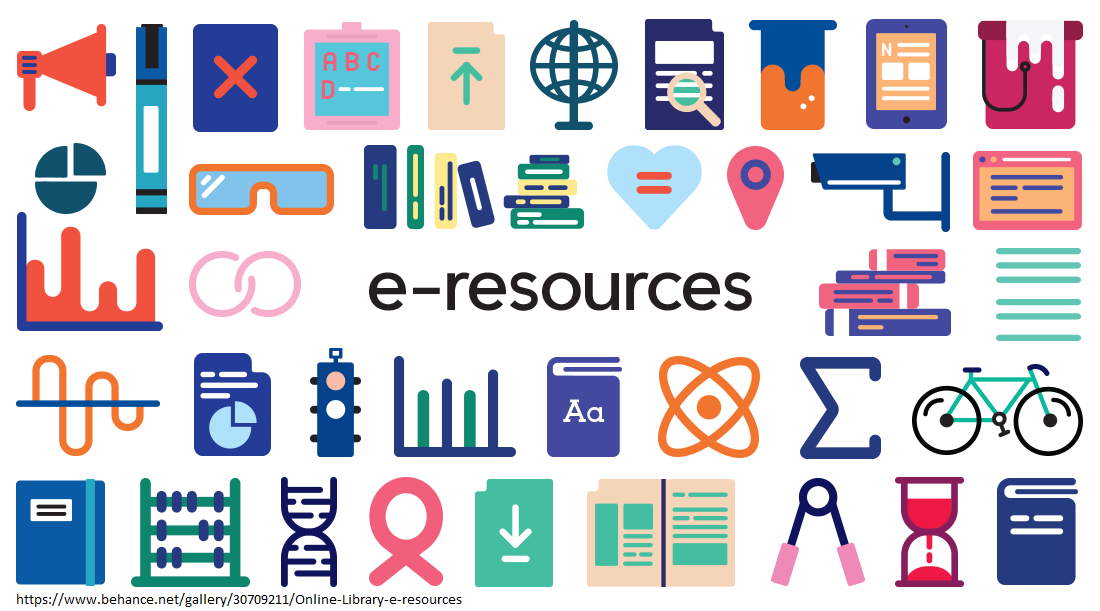Search results: 3380
- Teacher: ROGIE TABORDA
- Enrolled students: No students enrolled in this course yet
- Teacher: ROGIE TABORDA
- Enrolled students: 33
- Teacher: ROCEL AUDREY BATARA
- Enrolled students: 26
- Teacher: Fitzgerald LACAMENTO
- Enrolled students: No students enrolled in this course yet
- Teacher: Fitzgerald LACAMENTO
- Enrolled students: 16
- Teacher: ROCEL AUDREY BATARA
- Enrolled students: 31
- Teacher: ROCEL AUDREY BATARA
- Enrolled students: 28
- Teacher: ROGIE TABORDA
- Enrolled students: 10
- Teacher: ROCEL AUDREY BATARA
- Enrolled students: 24
- Teacher: ROCEL AUDREY BATARA
- Enrolled students: 29
- Teacher: ROCEL AUDREY BATARA
- Enrolled students: 31
- Teacher: ROCEL AUDREY BATARA
- Enrolled students: 27
- Teacher: WENSON EVANGELISTA
- Enrolled students: 29
This course provides the different electrical practices in accordance to local and international standards. It covers the codes, standards, recommended practices and regulations in the in the Philippines and International involving electrical safety and design, providing a comprehensive reference for engineers and electrical safety professionals
- Teacher: JOJO MARIANO
- Enrolled students: 8
The course provides knowledge, understanding and skills in designing electrical wiring system for residential, commercial buildings, and industrial facilities through the specifications and standards mandated by the Philippine Electrical Code and provisions from the Local Government on electrical wiring installation. The course includes illumination design and cost estimation; energy-efficient lighting systems for residential, commercial, and industrial establishments; roadway lighting, and lighting maintenance.
1. Interpretation of the provisions of the Philippine Electrical Code and other electrical codes
2. Design of the electrical systems of residential, commercial, and industrial buildings
a. Lighting layout
b. Power layout
c. Electrical loads, ratings of branch circuit wiring, and specifications of protective devices
3. Basics of cost estimation
4. Lighting design principles, including lighting calculations
5. Energy-efficient lighting systems for residential, commercial, and industrial establishments
6. Roadway lighting
7. Lighting maintenance principles
- Teacher: JOJO MARIANO
- Enrolled students: 8
- Teacher: GLORIA VICKY ANTONIO
- Enrolled students: 2
Course Description
This course deals mainly on the access and use of information and communication technology in the different functions and activities in the library such as automated or online acquisition, cataloging, reference work, circulation, and others including the use of electronic databases namely: databases, e-journals, e-books, etc.
Course Learning Outcomes
This course is intended to develop further the librarians' key competencies in using information and communications technology in library operations. At the end of the semester/term, students must be able to:
1. become update on the new and various applications for selection, acquisition, cataloging, and reference services;
2. become proficient in selecting and acquiring library materials in online platforms;
3. enhance their ability to use computer for circulating library materials, computing library statistics, and conducting inventory;
4. improve their skills in reference service using the different online media platforms such as email and social media;
5. advance their skills in using the electronic and online resources;
6. convert printed resources to digital format for easy retrieval and access; and
7. formulate polices and procedures in selection and acquisition of electronic resources.
- Teacher: ROSIELYN AUSTRIA
- Enrolled students: 2
- Teacher: ROSIELYN AUSTRIA
- Enrolled students: 2
- Teacher: DAVID CABONERO
- Enrolled students: 2
- Teacher: JOEL MENDOZA
- Enrolled students: 12












